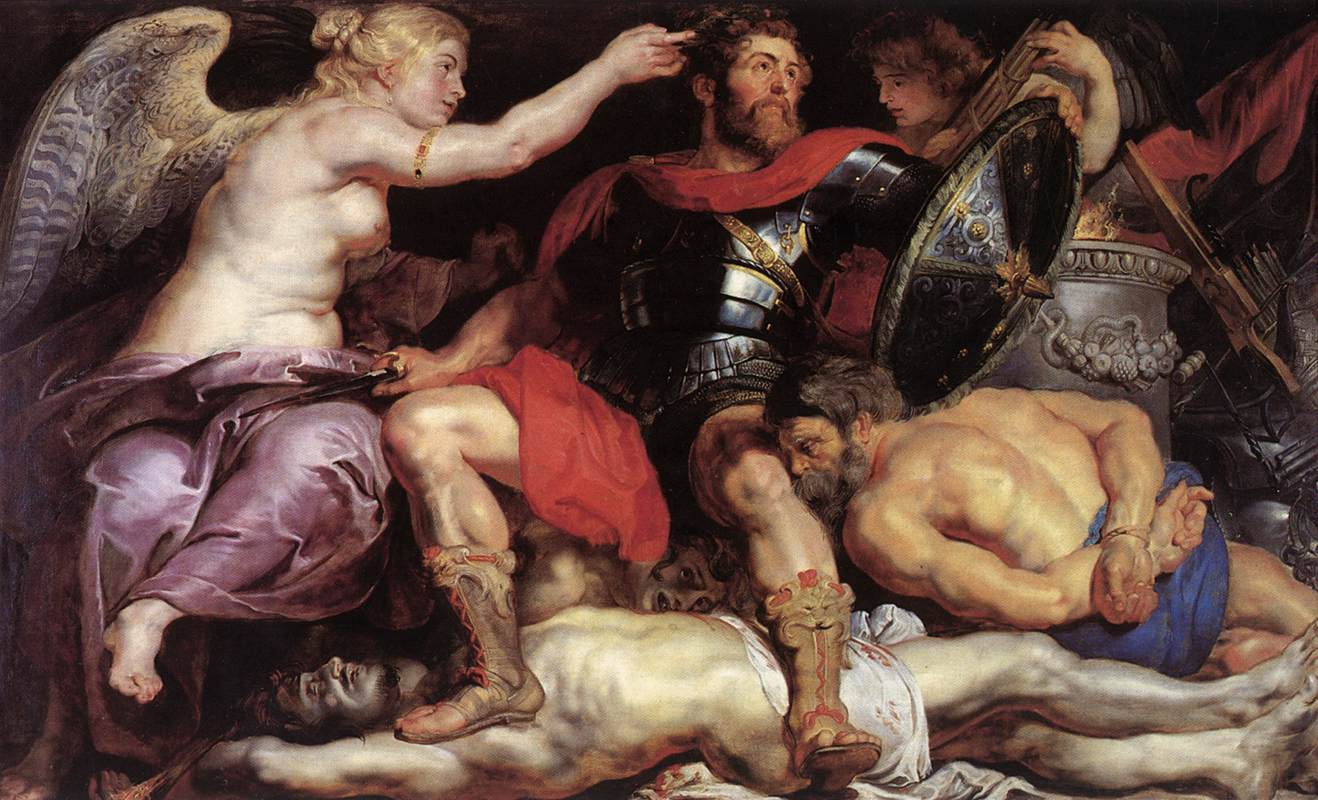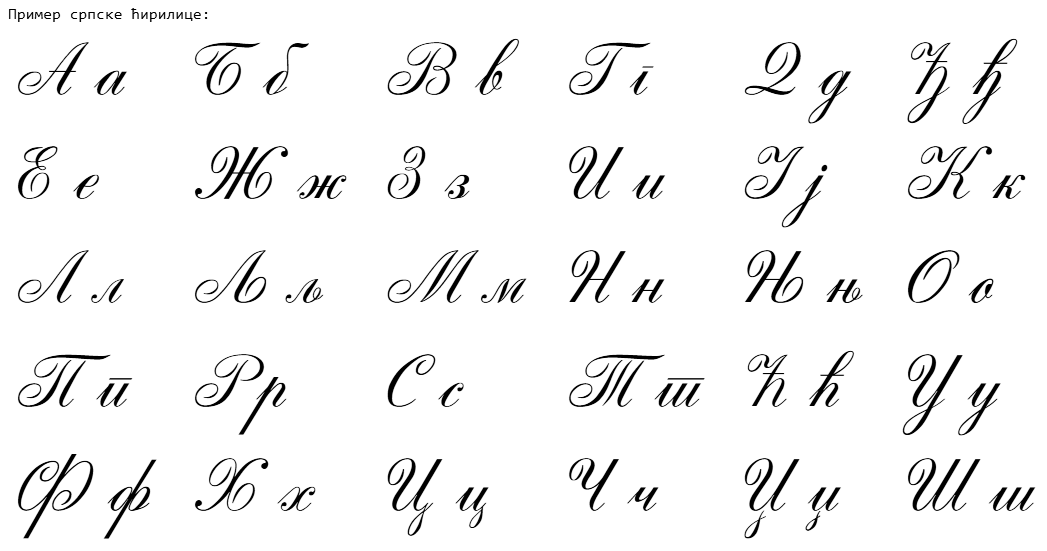|
Hum (zemlja)
Zachlumia or Zachumlia ( sh-Latn-Cyrl, separator=" / ", Zahumlje, Захумље, ), also Hum, was a medieval principality located in the modern-day regions of Herzegovina and southern Dalmatia (today parts of Bosnia and Herzegovina and Croatia, respectively). In some periods it was a fully independent or semi-independent South Slavic principality. It maintained relations with various foreign and neighbouring powers (Byzantine Empire, First Bulgarian Empire, Kingdom of Croatia, Principality of Serbia) and later was subjected (temporarily or for a longer period) to Kingdom of Hungary, Kingdom of Serbia, Kingdom of Bosnia, Duchy of Saint Sava and at the end to the Ottoman Empire. Etymology Zachlumia is a derivative of ''Hum'', from Proto-Slavic '' *xŭlmŭ'', borrowed from a Germanic language (cf. Proto-Germanic '' *hulma-''), meaning ''"Hill"''. South Slavic ''Zahumlje'' is named after the mountain of Hum (za + Hum "behind the Hum"), above Bona, at the mouth of the Buna. ... [...More Info...] [...Related Items...] OR: [Wikipedia] [Google] [Baidu] |
Conquest (military)
Conquest is the act of military subjugation of an enemy by force of arms. Military history provides many examples of conquest: the Roman conquest of Britain, the Mauryan conquest of Afghanistan and of vast areas of the Indian subcontinent, the Spanish conquest of the Aztec Empire and various Muslim conquests, to mention just a few. The Norman conquest of England provides an example: it built on cultural ties, led to the subjugation of the Kingdom of England to Norman control and brought William the Conqueror to the English throne in 1066. Conquest may link in some ways with colonialism. England, for example, experienced phases and areas of Anglo-Saxon, Viking and Franco-Norman colonisation and conquest. Methods of conquest The Ottomans used a method of gradual, non-military conquest in which they established suzerainty over their neighbours and then displaced their ruling dynasties. This concept was first systematized by Halil İnalcık. Conquests of this sort did no ... [...More Info...] [...Related Items...] OR: [Wikipedia] [Google] [Baidu] |
Principality Of Serbia (early Medieval)
The Principality of Serbia ( sr, Кнежевина Србија, Kneževina Srbija) was one of the early medieval states of the Serbs, located in the western regions of Southeastern Europe. It existed from the 8th century up to c. 969–971 and was ruled by the Vlastimirović dynasty. Its first ruler known by name was Višeslav who started ruling around 780. While by that time, starting from the year 680–681, the Bulgarian state had taken the lands to the east. Vlastimir resisted and defeated the Bulgarian army in a three-year-war (839–842), and the two powers lived in peace for some decades. Vlastimir's three sons succeeded in ruling Serbia together, although not for long; Serbia became a key part in the power struggle between the Byzantines and Bulgarians, predominantly allied with the Byzantines, which also resulted in major dynastic wars for a period of three decades. The principality was annexed in 924 by Simeon I and subjected to Bulgarian rule until 927 when Serbian ... [...More Info...] [...Related Items...] OR: [Wikipedia] [Google] [Baidu] |
De Administrando Imperio
''De Administrando Imperio'' ("On the Governance of the Empire") is the Latin title of a Greek-language work written by the 10th-century Eastern Roman Emperor Constantine VII. The Greek title of the work is ("To yown son Romanos"). It is a domestic and foreign policy manual for the use of Constantine's son and successor, the Emperor Romanos II. It is a prominent example of Byzantine encyclopaedism. Author and background The emperor Constantine VII “Porphyrogenitus” (905–959) was only surviving son of the emperor Leo VI the Wise (886–912). Leo VI gave the crown to young Constantine VII in 908 and he became the co-emperor. Leo VI died in May 912, and his brother and co-emperor Alexander became the ruler of Constantinople, but Alexander died in 913. Constantine VII was too young to rule on his own, and the governorship was created. Later in May 919 Constantine VII married Helena Lekapene, daughter of Romanos Lekapenos. In December 920, Romanos I Lekapenos (920–944) wa ... [...More Info...] [...Related Items...] OR: [Wikipedia] [Google] [Baidu] |
Old Church Slavonic
Old Church Slavonic or Old Slavonic () was the first Slavic languages, Slavic literary language. Historians credit the 9th-century Byzantine Empire, Byzantine missionaries Saints Cyril and Methodius with Standard language, standardizing the language and using it in translating the Bible and other Ancient Greek ecclesiastical texts as part of the Christianization of the Slavs. It is thought to have been based primarily on the dialect of the 9th-century Sclaveni, Byzantine Slavs living in the Thessalonica (theme), Province of Thessalonica (in present-day Greece). Old Church Slavonic played an important role in the history of the Slavic languages and served as a basis and model for later Church Slavonic traditions, and some Eastern Orthodox Church, Eastern Orthodox and Eastern Catholic Churches, Eastern Catholic churches use this later Church Slavonic as a liturgical language to this day. As the oldest attested Slavic language, OCS provides important evidence for the features of ... [...More Info...] [...Related Items...] OR: [Wikipedia] [Google] [Baidu] |
Serbian Cyrillic Alphabet
The Serbian Cyrillic alphabet ( sr, / , ) is a variation of the Cyrillic script used to write the Serbian language, updated in 1818 by Serbian linguist Vuk Stefanović Karadžić, Vuk Karadžić. It is one of the two alphabets used to write standard modern Serbian language, Serbian, the other being Gaj's Latin alphabet. Karadžić based his alphabet on the previous Slavonic-Serbian script, following the principle of "write as you speak and read as it is written", removing obsolete letters and letters representing iotified vowels, introducing from the Latin alphabet instead, and adding several consonant letters for sounds specific to Serbian phonology. During the same period, linguists led by Ljudevit Gaj adapted the Latin alphabet, in use in western South Slavic areas, using the same principles. As a result of this joint effort, Serbian Cyrillic and Gaj's Latin alphabets for Serbian-Croatian have a complete one-to-one congruence, with the Latin Digraph (orthography), digraph ... [...More Info...] [...Related Items...] OR: [Wikipedia] [Google] [Baidu] |
Serbo-Croatian
Serbo-Croatian () – also called Serbo-Croat (), Serbo-Croat-Bosnian (SCB), Bosnian-Croatian-Serbian (BCS), and Bosnian-Croatian-Montenegrin-Serbian (BCMS) – is a South Slavic language and the primary language of Serbia, Croatia, Bosnia and Herzegovina, and Montenegro. It is a pluricentric language with four mutually intelligible standard varieties, namely Serbian, Croatian, Bosnian, and Montenegrin. South Slavic languages historically formed a continuum. The turbulent history of the area, particularly due to expansion of the Ottoman Empire, resulted in a patchwork of dialectal and religious differences. Due to population migrations, Shtokavian became the most widespread dialect in the western Balkans, intruding westwards into the area previously occupied by Chakavian and Kajkavian (which further blend into Slovenian in the northwest). Bosniaks, Croats and Serbs differ in religion and were historically often part of different cultural circles, although a large part o ... [...More Info...] [...Related Items...] OR: [Wikipedia] [Google] [Baidu] |
Buna (Neretva)
The Buna (Serbian Cyrillic: Буна) is a short river in Bosnia and Herzegovina; it is a left bank tributary of the Neretva. Its source (Vrelo Bune), a strong karstic spring, is near the village Blagaj, southeast of Mostar. It is best known for the ''Buna Spring'' (Vrelo Bune), one of the strongest springs in Europe and extremely cold water. The Buna flows west for approximately 9 km, starts at Blagaj and meandering through villages Blagaj, Kosor, Malo Polje, Hodbina and joins the Neretva at settlement Buna. The Bunica river is main left bank tributary of the Buna. See also * Vrelo Bunice * Mostarska Bijela * Hutovo Blato * Daorson * List of Illyrian cities This is a list of settlements in Illyria founded by Illyrians (southern Illyrians, Dardanians, Pannonians), Liburni, Ancient Greeks and the Roman Empire. A number of cities in Illyria and later Illyricum were built on the sites or close to the ... Rivers of Bosnia and Herzegovina Springs of Bosnia and H ... [...More Info...] [...Related Items...] OR: [Wikipedia] [Google] [Baidu] |
Blagaj
Blagaj is a village in the south-eastern region of the Mostar basin, in the Herzegovina-Neretva Canton of Bosnia and Herzegovina. It stands at the edge of Bišće plain and is one of the most valuable mixed urban and rural built environments in Bosnia and Herzegovina, distinguished from other similar built environments in its urban layout. Blagaj was most likely named for its mild weather patterns since ''blaga'' in Bosnian means "mild". Blagaj is situated at the spring of the Buna river and a historical tekke (''tekija'' or Dervish monastery). The Blagaj Tekija was built around 1520, with elements of Ottoman architecture and Mediterranean style and is considered a national monument. Blagaj Tekke is a monastery built for the Dervish. Sources Vrelo Bune, the source of the Buna river, is a strong karstic spring. The river flows west for approximately and joins the Neretva near the village Buna. The historic site of the Blagaj Fort (also ''Stjepan-grad'' or ''Stipan-grad''), on t ... [...More Info...] [...Related Items...] OR: [Wikipedia] [Google] [Baidu] |
Ottoman Empire
The Ottoman Empire, * ; is an archaic version. The definite article forms and were synonymous * and el, Оθωμανική Αυτοκρατορία, Othōmanikē Avtokratoria, label=none * info page on book at Martin Luther University) // CITED: p. 36 (PDF p. 38/338) also known as the Turkish Empire, was an empire that controlled much of Southeast Europe, Western Asia, and Northern Africa between the 14th and early 20th centuries. It was founded at the end of the 13th century in northwestern Anatolia in the town of Söğüt (modern-day Bilecik Province) by the Turkoman tribal leader Osman I. After 1354, the Ottomans crossed into Europe and, with the conquest of the Balkans, the Ottoman beylik was transformed into a transcontinental empire. The Ottomans ended the Byzantine Empire with the conquest of Constantinople in 1453 by Mehmed the Conqueror. Under the reign of Suleiman the Magnificent, the Ottoman Empire marked the peak of its power and prosperity, as well a ... [...More Info...] [...Related Items...] OR: [Wikipedia] [Google] [Baidu] |
Duchy Of Saint Sava
Duchy of Saint Sava ( sr-Cyr, Војводство Светог Саве, Vojvodstvo Svetog Save) was a late medieval polity in southeastern Europe, that existed from 1448 up to 1482, when it was absorbed by the Ottoman Empire. It was ruled by the Kosača noble family, who held the title "Duke of Saint Sava" (Serbian Cyrillic: Херцег од Светог Саве / Herceg od Svetog Save). Their domains included southern parts of modern-day Bosnia and Herzegovina, extending to southern parts of modern-day coastal Croatia, northwestern Montenegro and southwestern Serbia. Its founder, Stjepan Vukčić Kosača (duke since 1448), titled himself Herceg of Saint Sava, a title which would later give rise to the new name to the region: Herzegovina, and will be also used by the Ottomans as ''Hersek Sancağı'' (Sanjak of the Herzeg), designating the Sanjak of Herzegovina. In various sources, and historiographical traditions, the name of the duchy is recorded or used in several forms ... [...More Info...] [...Related Items...] OR: [Wikipedia] [Google] [Baidu] |





